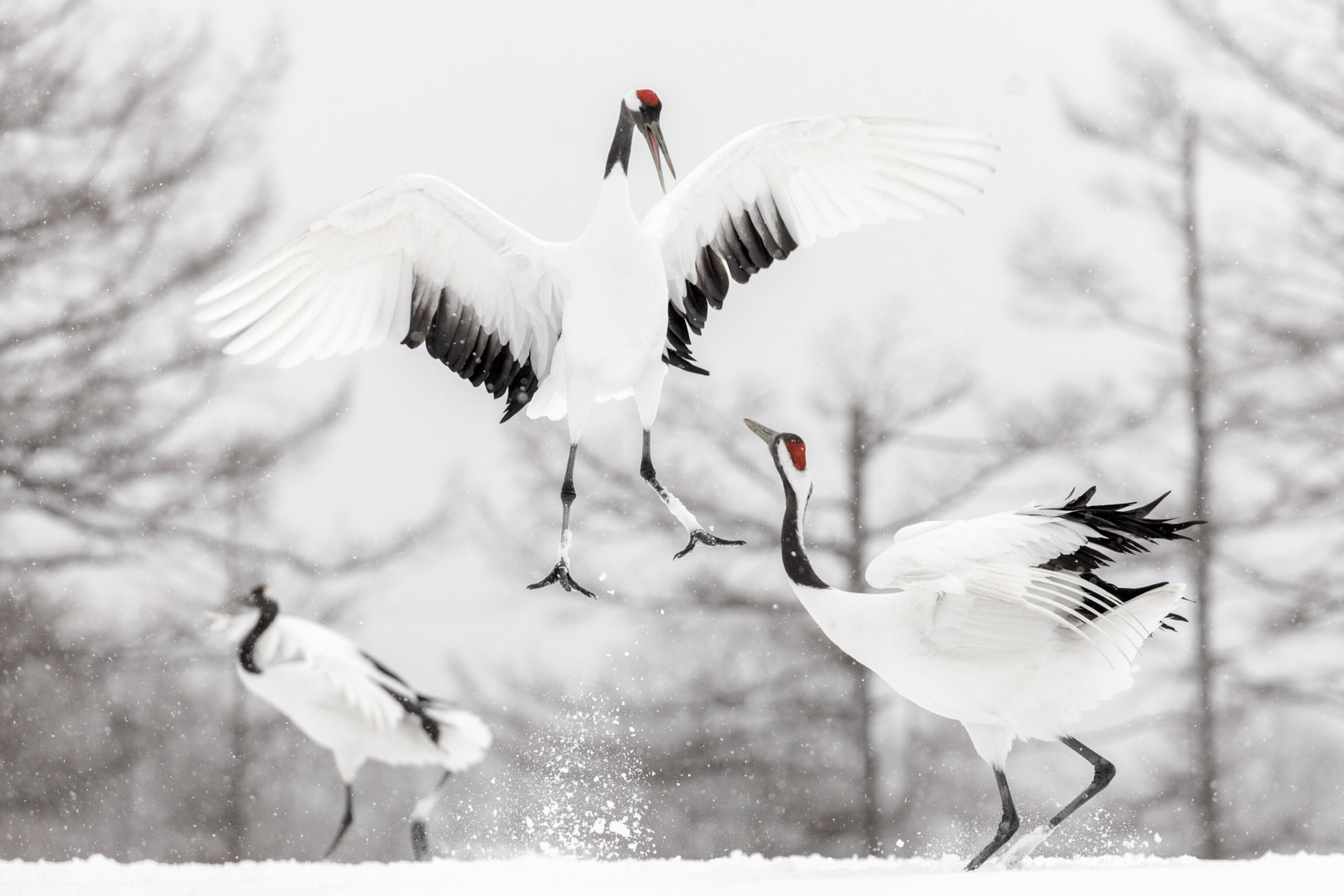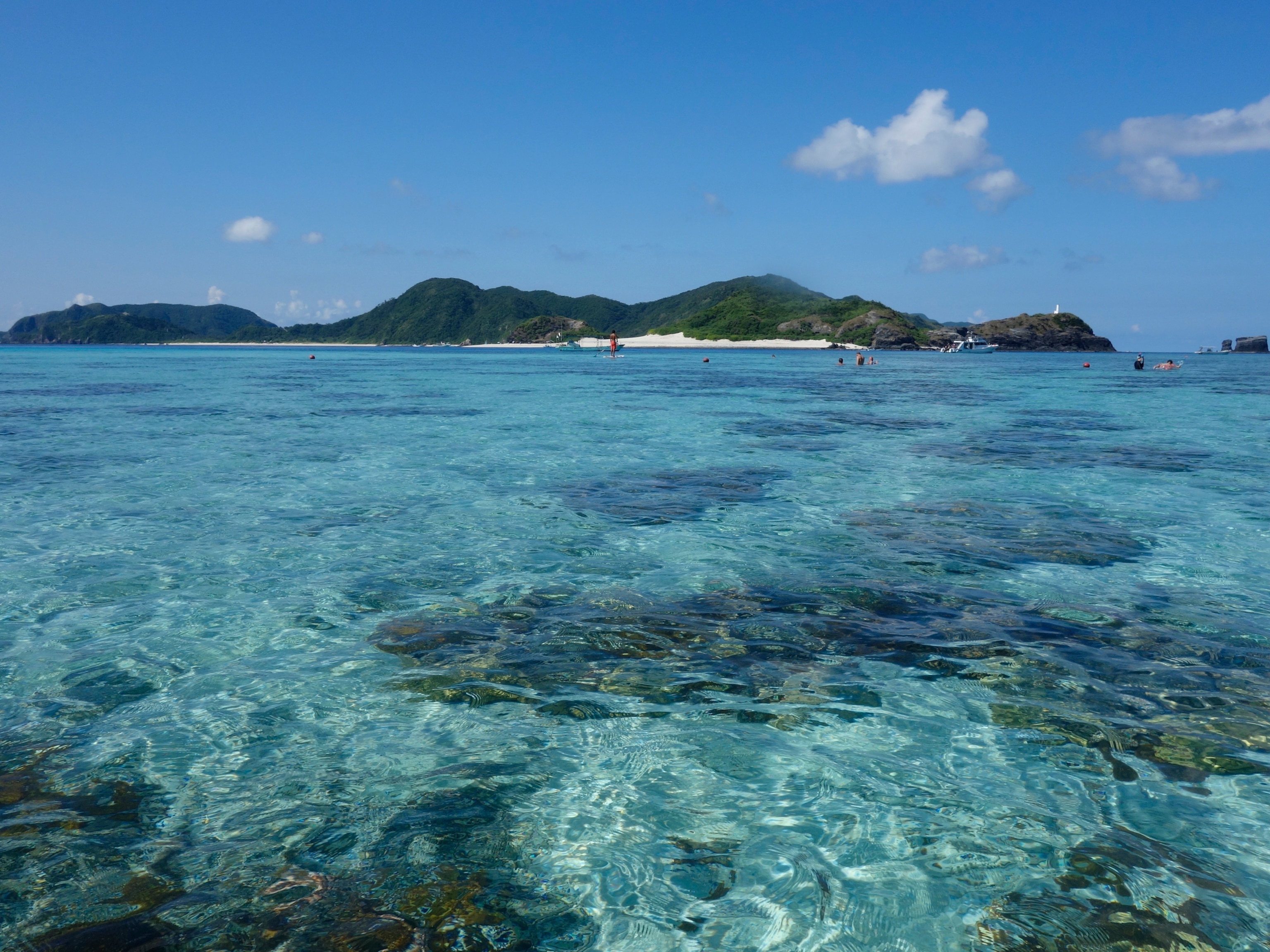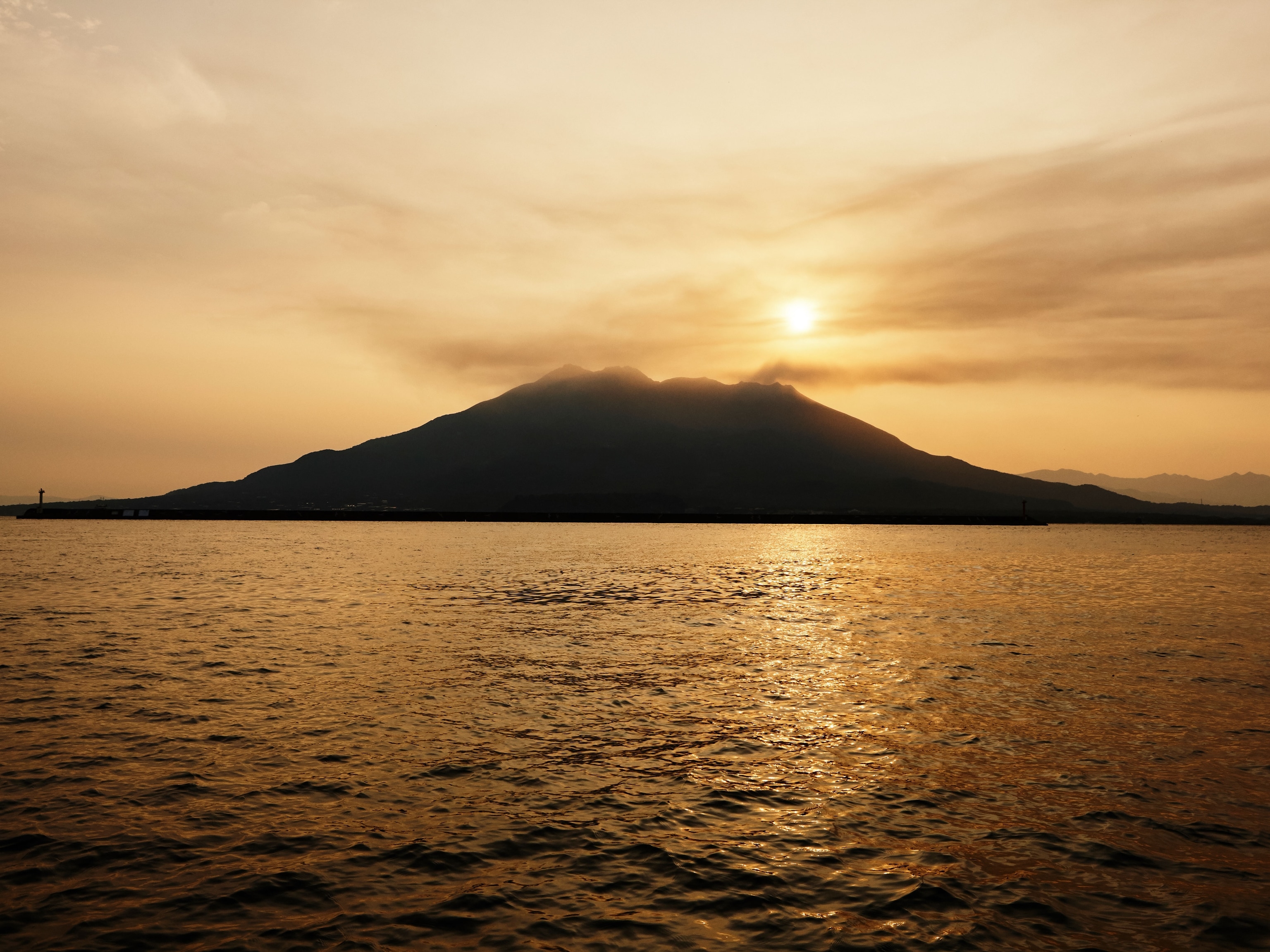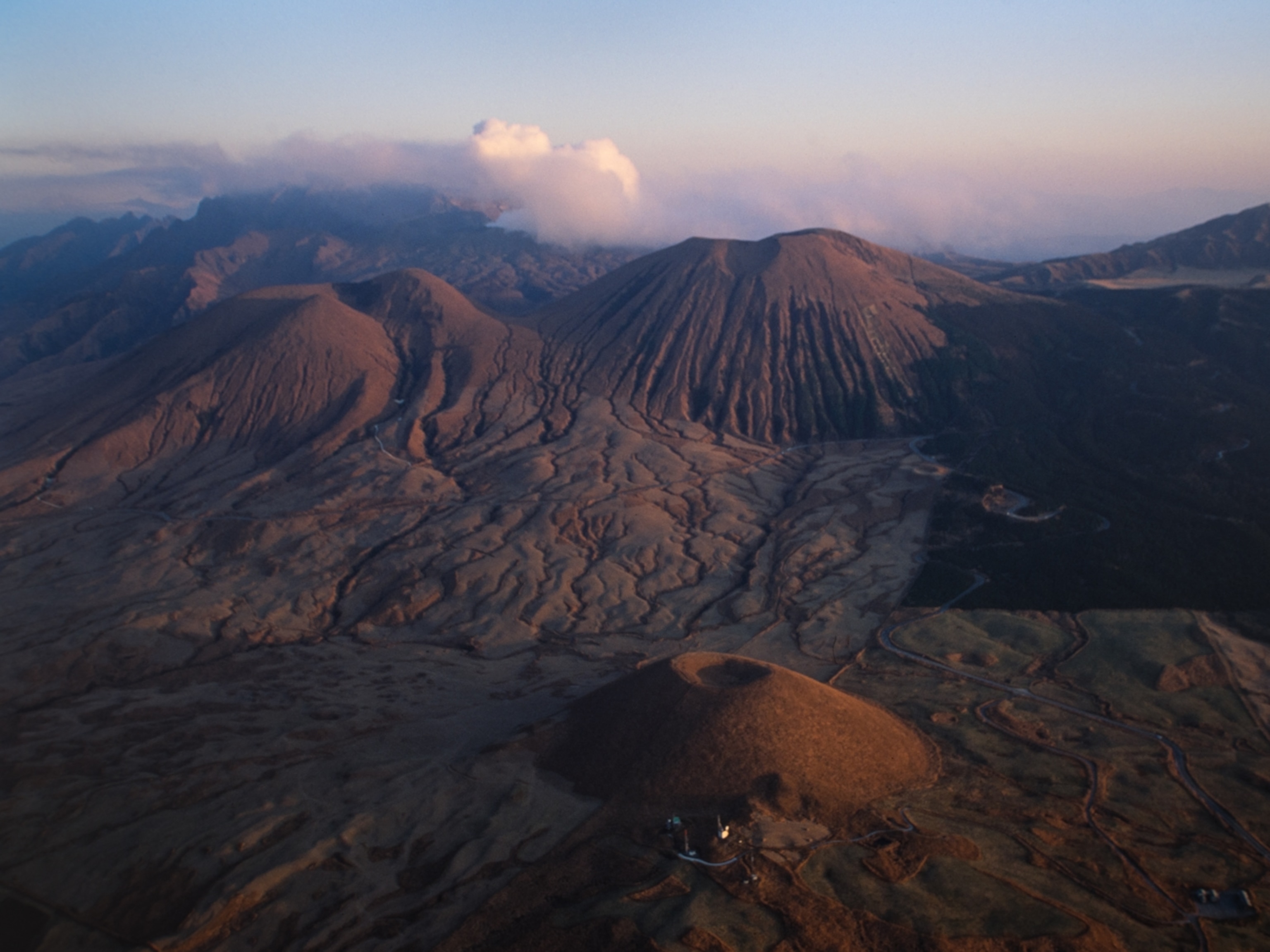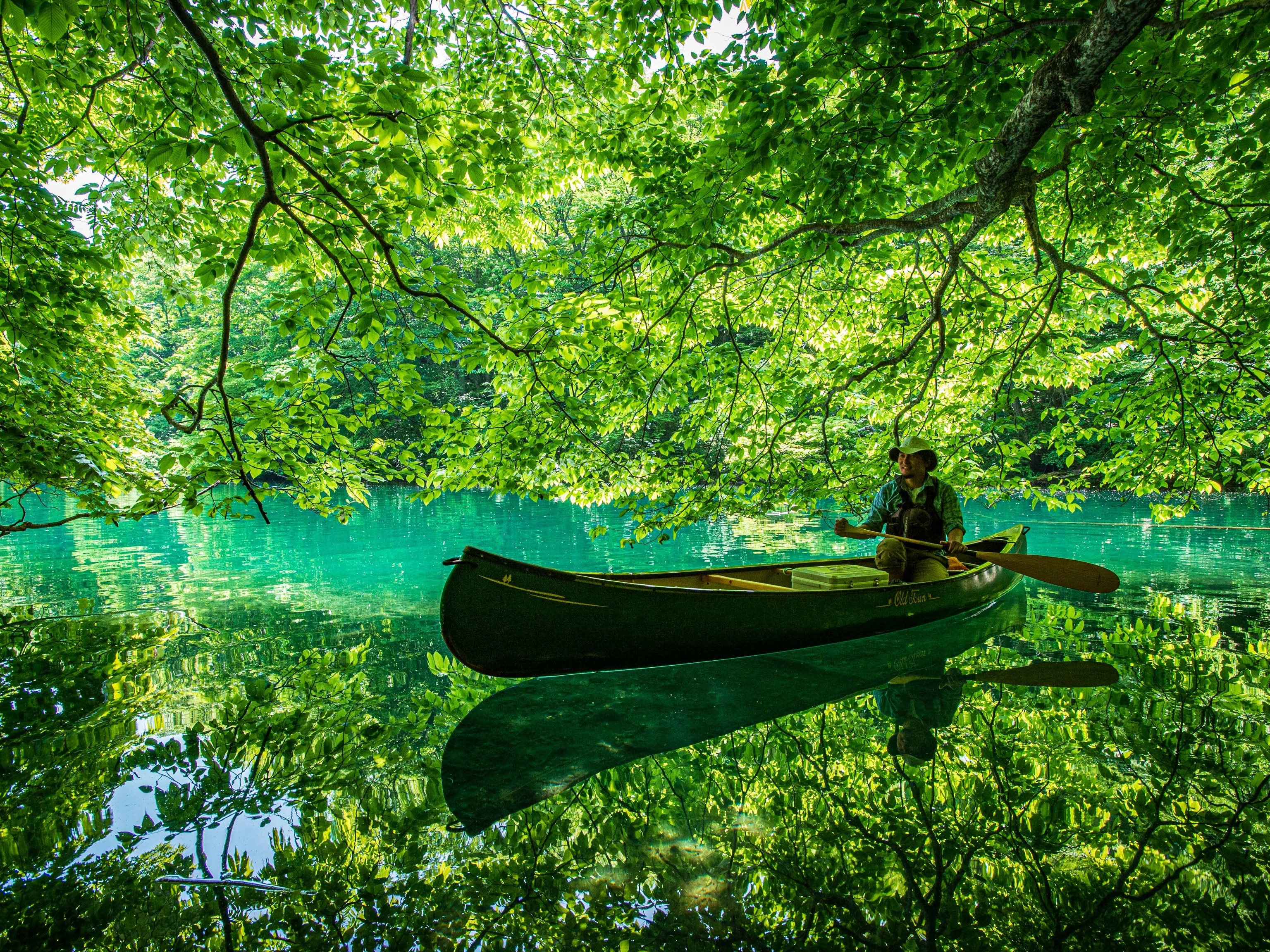Among the underwater flora of Lake Akan, in northern Japan, Aegagropila linnaei is a rock star. It isn’t only phycologists who are fascinated by this freshwater algae. Tourists come from around the country to see it. Local businesses sell algae-inspired sweets, stuffed toys and grow-your-own-algae hobby kits. There’s even an annual algae festival and a bright green algae mascot. A. linnaei – known as marimo – has appeared on postage stamps and is so precious that the government has named it a Special Natural Monument.
The reason for so much algae-reverence: While A. linnaei grows in strands and clumps in Northern European lakes, Lake Akan – in Akan-Mashu National Park on Japan’s northernmost main island of Hokkaido – is the only place in the world where it forms into big velvety spheres and is found in sizable clusters. “The largest ones found have been 30 centimeters (1 foot) in diameter” – bigger than a basketball, said Isamu Wakana, head of marimo research at the Kushiro International Wetland Centre.

Since the early 1990s, Wakana – “Professor Marimo” – has devoted his career to cracking the mysteries of the marimo balls. Scientists now believe that in Lake Akan’s shallow coves, winds blowing through stir waves that gently spin these rootless algae, evenly exposing every part of their spherical shape to sunlight. A relative of ocean kelp, marimo thrives here thanks to its volcanic surroundings: bubbling hot springs nearby spill sodium, calcium and other minerals the algae needs into the lake.
If there had been no national park, researchers, conservationists or community volunteers, these strange aquatic organisms might have succumbed to logging, pollution and illegal collecting. To protect the marimo, boat tours to the algae balls were halted years ago. The only way to see them now is in an aquarium at the Marimo Exhibition and Observation Center, on an island in the lake. Getting more people excited about marimo is key, so Wakana’s lab is experimenting with a radical idea: restocking two shallow areas in the lake, where the algae spheres had disappeared, with a colony of chip-embedded marimo that can be monitored from afar in real time. “People could one day keep track of their own ‘My Marimo’,” he says.
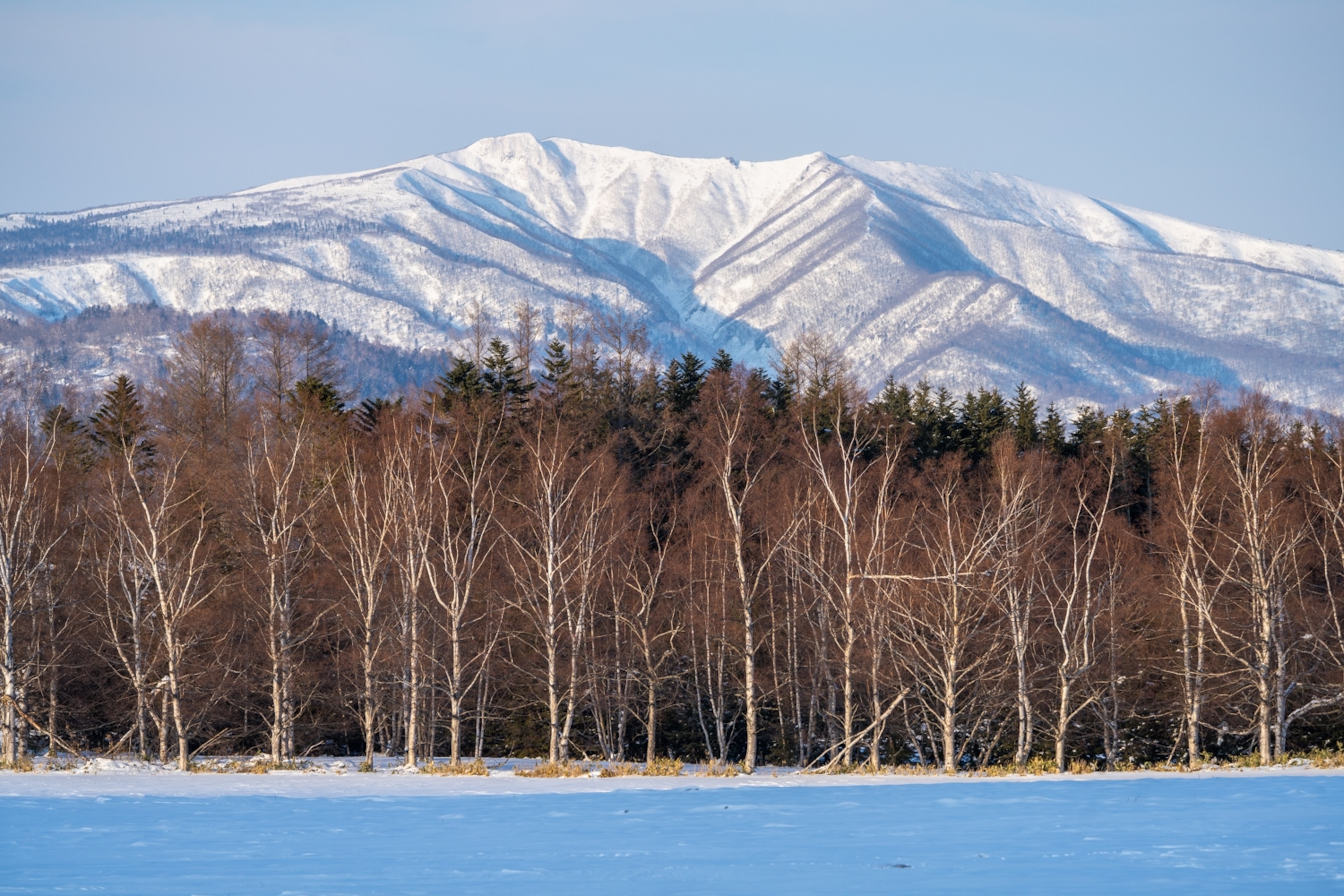
When Japan first created its national parks, beginning in 1934, it set aside vast tracts of wilderness and coastal areas to protect against overzealous development. Back then, the beauty of the landscape was the priority. These days, the mission of Japan’s 34 national parks involves a delicate balancing act: drawing millions of visitors to the parks’ trails and waterways while also protecting and revitalizing wetlands, coral reefs, forests and vulnerable animal and plant populations. In a country with an estimated 100 native mammal species, 550 bird species and 5,000 plant species, the parks double as a sanctuary and a much-loved outdoor recreational space. The parks are also inhabited by people – hundreds of thousands of residents in settlements, hot spring towns and farming communities whose regional culture and local traditions reflect how generations have adapted to a lifestyle that’s in sync with their natural surroundings.
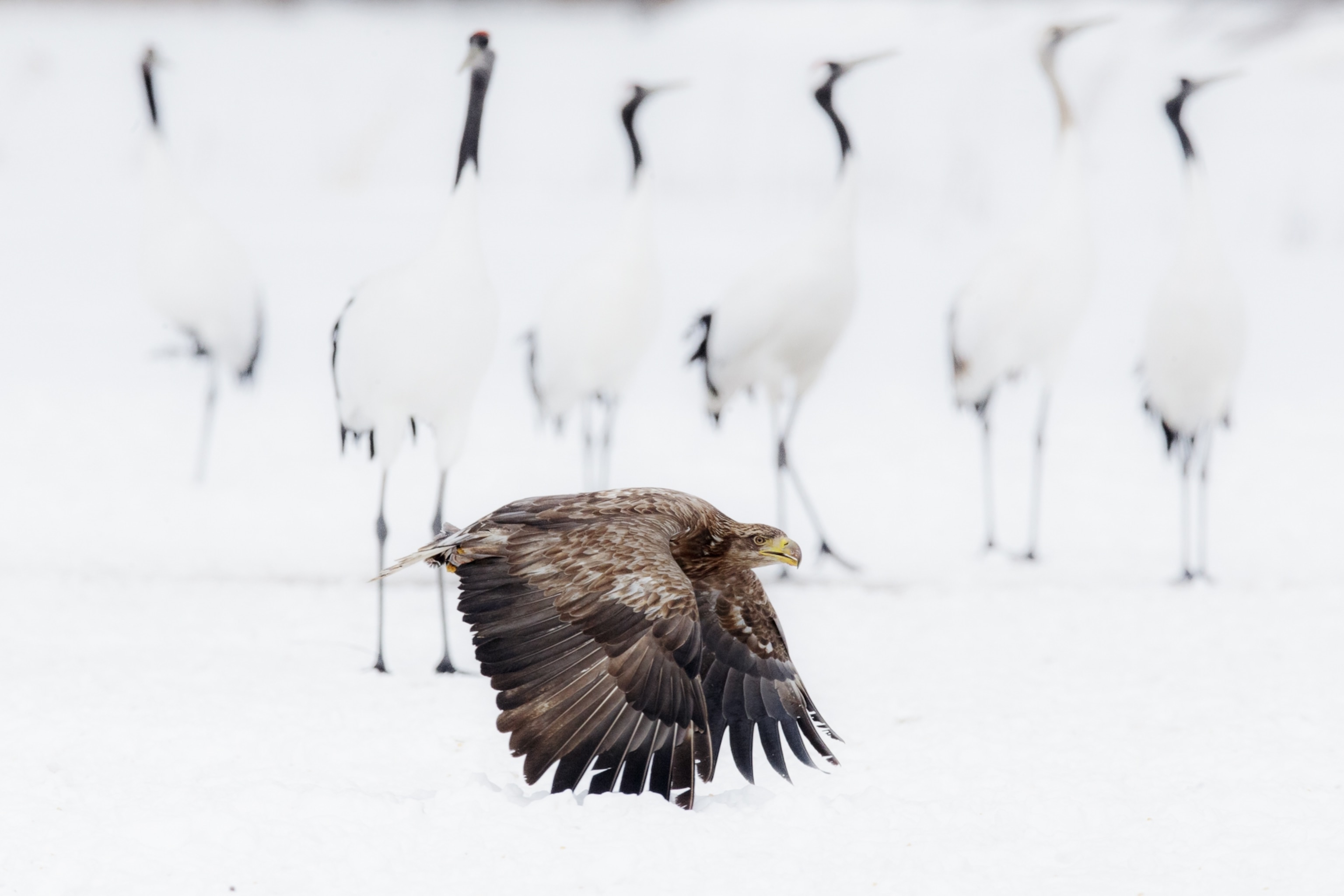
What visitors encounter in each of the parks is a unique and delicate ecosystem. In Akan-Mashu National Park, Yezo deer, brown bears, Ezo red foxes, Japanese sable and kokanee trout inhabit the coniferous boreal and mixed deciduous forests, lakes, volcanoes, hot springs and farmlands.
The 225,900 acres (91,413 hectares) of parkland is also a haven for birds, a lot of them: red-crowned cranes, black woodpeckers, white-tailed eagles, Latham’s snipe and Blakiston's fish owls are among the estimated 150 species, according to the Wild Bird Society of Japan. To reach Hokkaido, some birds travel along the migratory flyway stretching from the Russian Far East and Alaska, through East Asia and south to Australia and New Zealand.
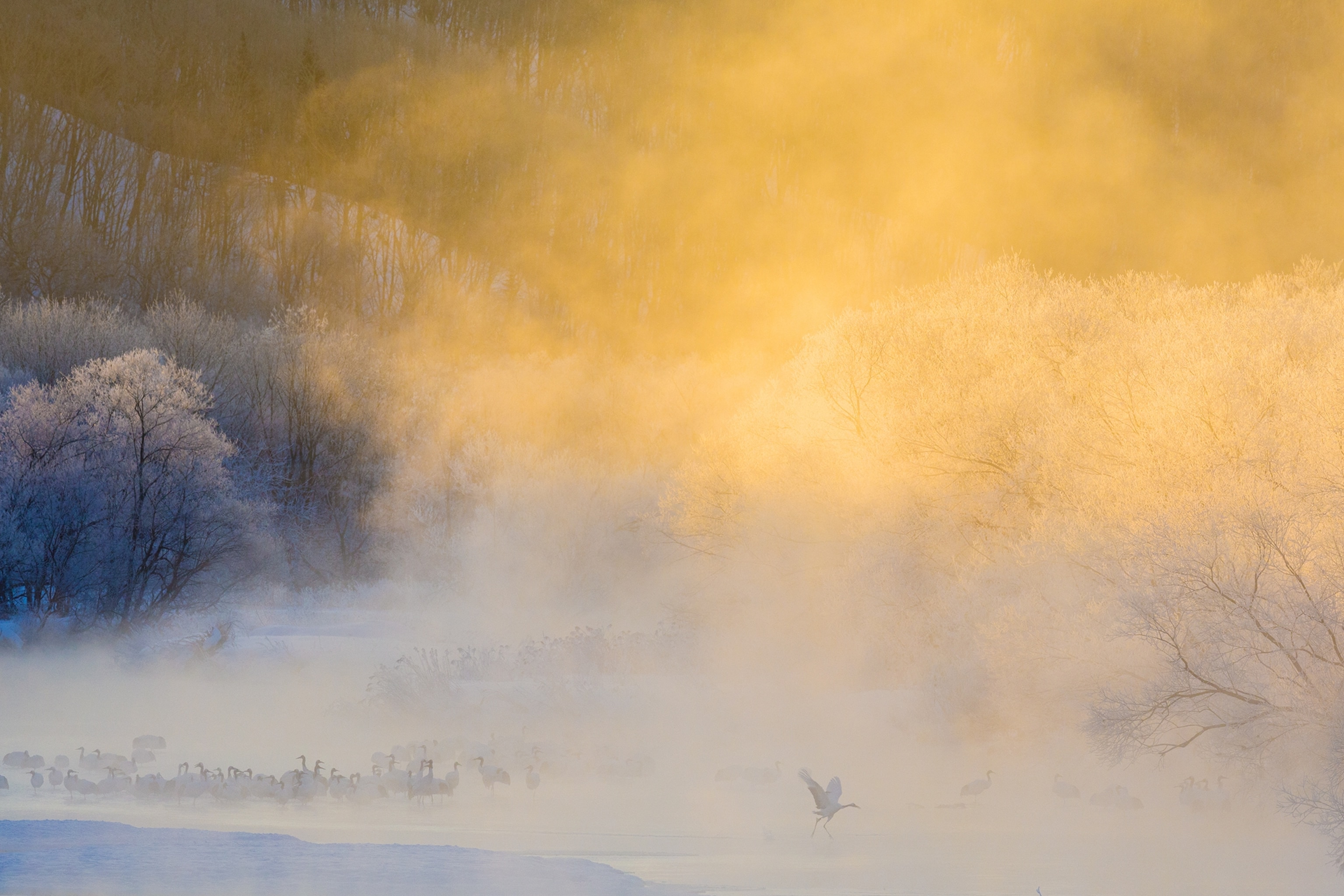
Some people also travel great distances to be in Hokkaido. Mark Brazil, a naturalist, ornithologist and founder of Japan Nature Guides who grew up in the UK, moved to Teshikaga town, in eastern Hokkaido, after being spellbound by the Steller’s sea eagle during a trip in 1980. Nowhere else will you find so many of these raptors – the largest in Japan with a wingspan of up to 8 feet (2.4 meters) – communing so closely together, not even their breeding grounds on the Kamchatka Peninsula, says Brazil.
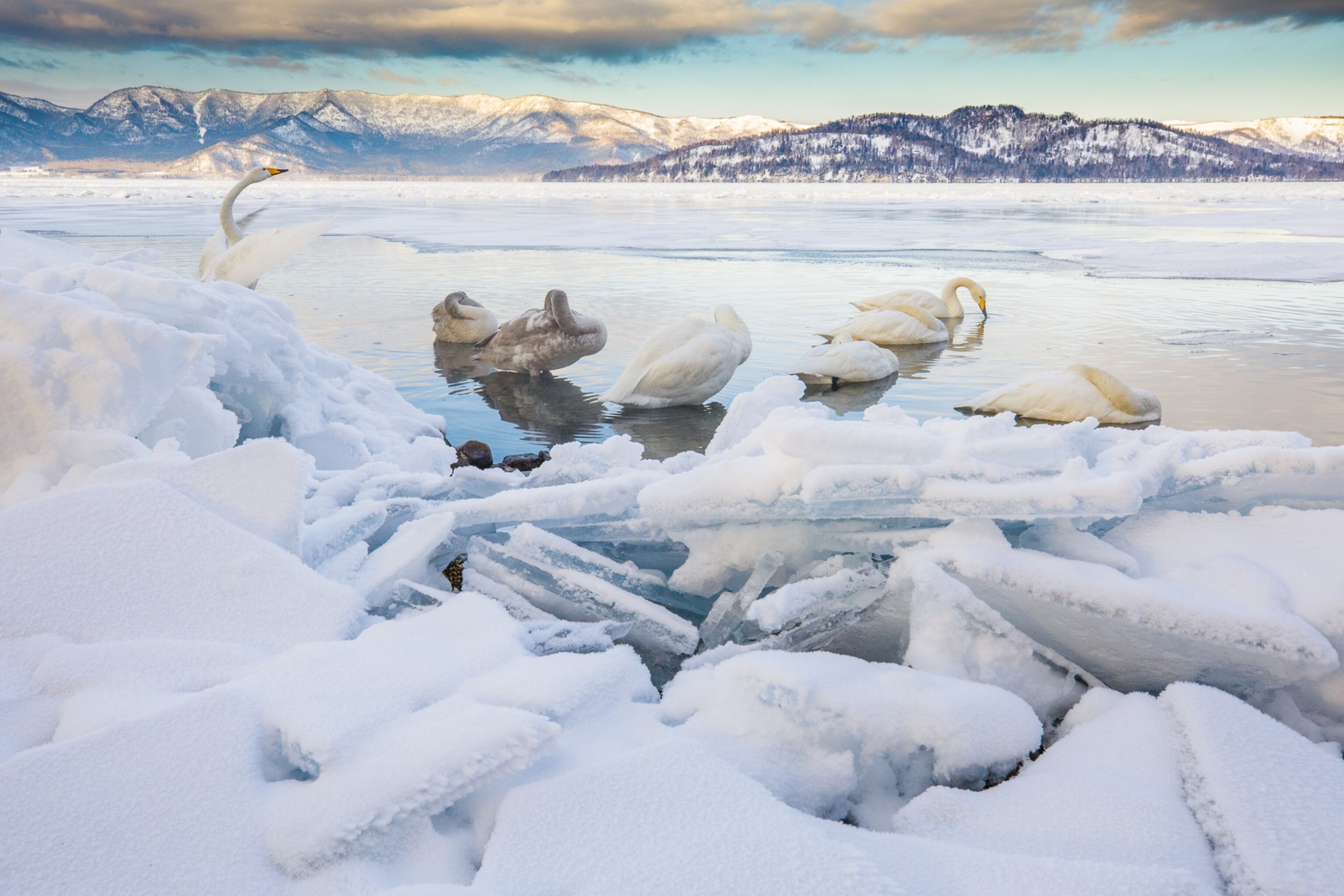
Akan-Mashu is more than prime birdwatching territory for Brazil. His home sits inside of the national park, in a woodland area between Lake Kussharo and Lake Mashu. In winter, from his property and on walks, he often sees Steller’s sea eagles soaring overhead. Another favorite spot: Mashu crater, on a clear winter day. “Because they’re flying along the crater rim, they’re below you. It’s a very rare situation to be able to look down on a Steller’s sea eagle flying past. Normally they’re way up in the sky,” says Brazil. “In June and July, when everything is lush and green, Siberian rubythroats are singing up on the crater rim.” The view alone is worth the trek. “The wonderful crater, the view across to Mt. Mashu. From that point, you can see north to the Sea of Okhotsk and south to the Pacific,” he says.

Japan’s national parks now attract a combined 371 million visitors annually. The parks encompass wilderness but also roads and towns. Take, for instance, Daisen-Oki National Park, in western Japan. Its 171,518 acres (69,411 hectares) are split into separate areas with distinctive features: dwarf Japanese yews near the top of Mt. Daisen, in Tottori prefecture; oak and beech forests and pastures of the Hiruzen highlands, in Okayama prefecture; coastlines of Shimane Peninsula; towering, ancient Japanese cedars of the Oki islands and grasslands of the Mt. Sanbe region around Shimane prefecture. In these areas, you’ll also find temples and shrines, livestock farms, fishing villages and towns.
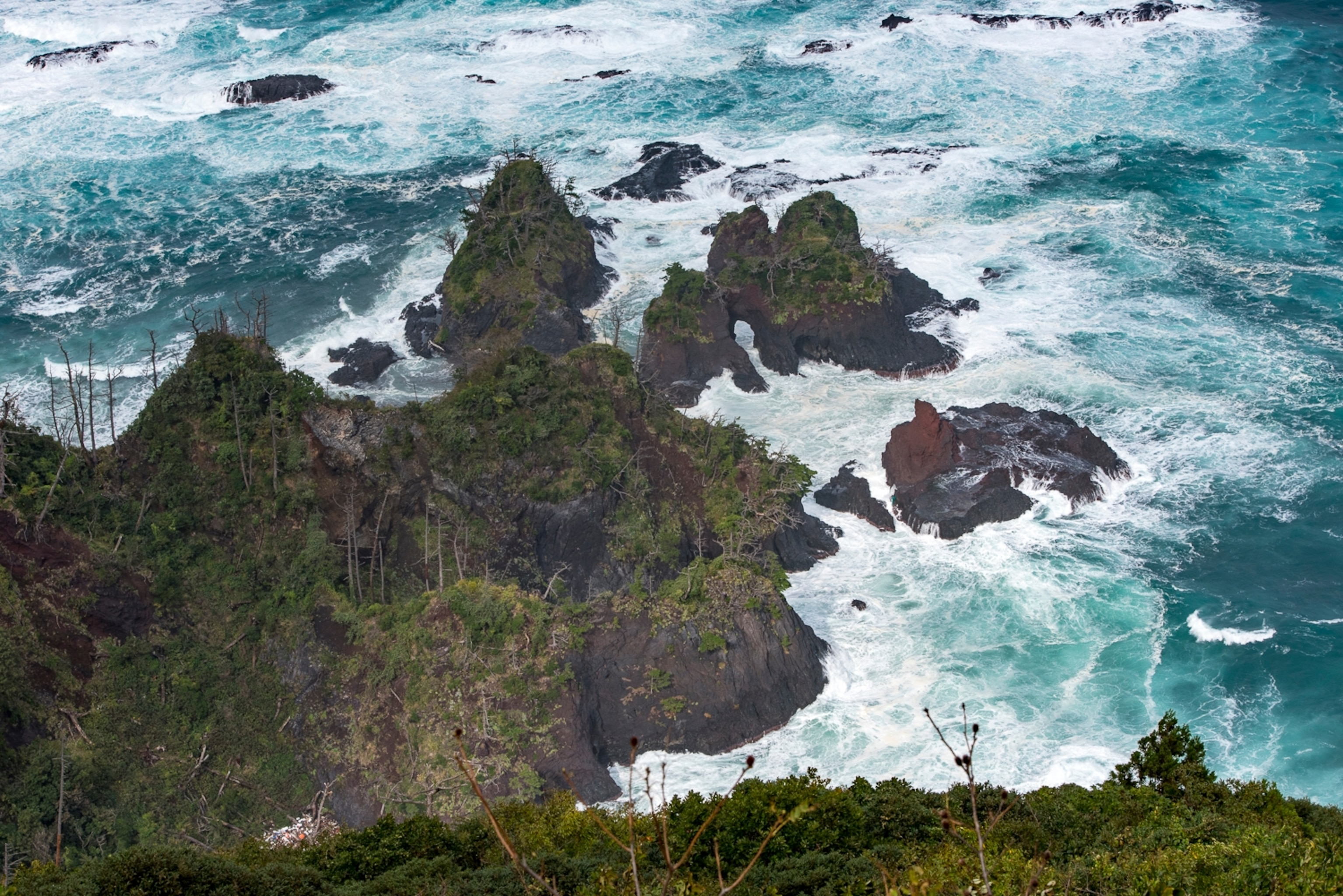
This blurring of the border between built and untamed is one reason strict rules are enforced in designated areas of the parks: no feeding or catching animals and birds, no littering, no taking rocks, shells or acorns – small acts with the potential to disrupt an entire ecosystem.
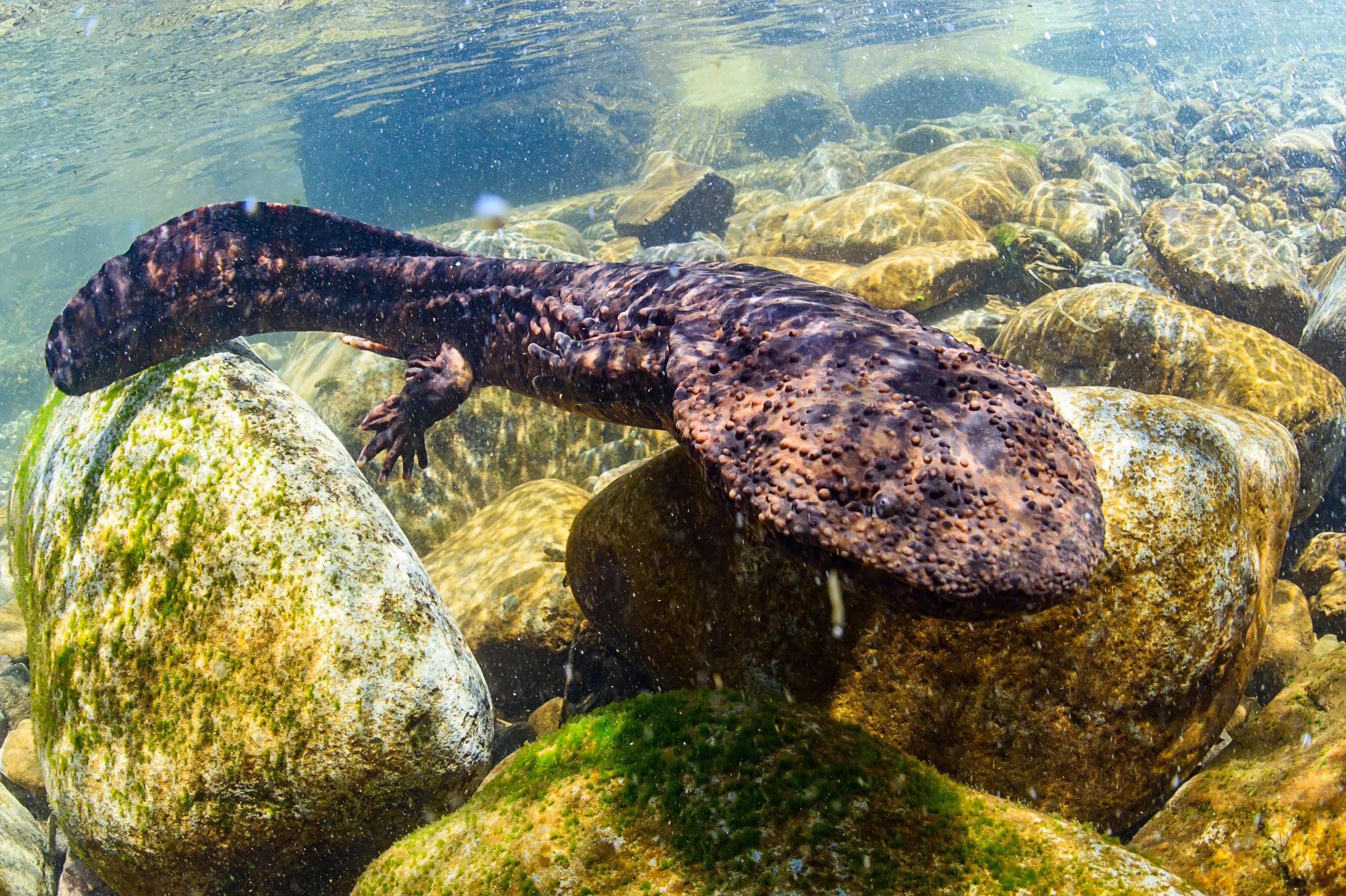
There’s plenty of precious wildlife in and around the parks, even if it’s not immediately obvious to visitors. In the waterways around Daisen-Oki National Park, the Japanese giant salamander – one of the world’s largest amphibians and a national “special natural monument” – is a longtime resident, a “living fossil” that hasn’t changed much in millions of years. The salamanders, which can grow up 5 feet long (1.5 meters), prefer rivers and streams in mountainous parts of western Japan. Because they’re nocturnal hunters and spend most of their lives underwater, they can be a challenge to find, says Shigeaki Yatagai, director of the Daisen Museum of Nature and History, at the foot of Mt. Daisen. “The national park is a good place for them and yet their habitat – and especially their breeding grounds – has shrunk, as riverbanks and roads have been built up,” says Yatagai.

Giving people the opportunity to see wild giant salamanders is one way of bringing more attention to these endangered creatures, says Yatagai, whose museum hosts nature tours and other events. Recently, scientists and environmentalists who study and protect the salamanders have begun taking visitors to observe their work in the field. It’s part of an eco-tourism program that’s under way around Daisen-Oki National Park, the benefits of which could be transformative. Not only could the spread of such eco-tourism projects raise awareness and funding for conservation initiatives, they might create a virtuous cycle – of rising visitor numbers to the national parks and more people caring about the flora and fauna of these havens.
